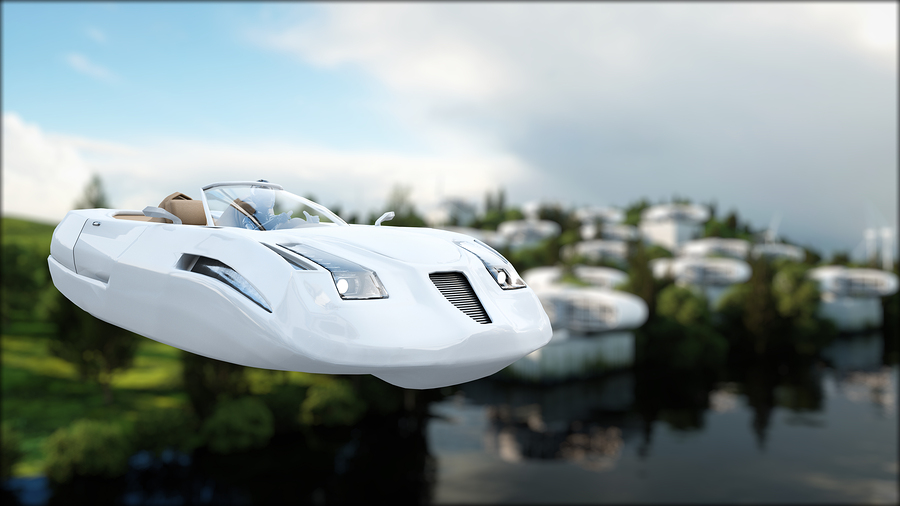Long considered a childhood dream, the flying car might become a solution to cope with the growing urban population, the expense of traffic jams and pollution. Both small and large players are mobilizing and redoubling their ingenuity to release prototypes and be the first to market their inventions. En route for a global overview.
A string of small players
Statistics on a continually growing urban population (by 2030, 60% of the world’s population will live in cities) and on the cost of traffic jams ( estimated at $514 billion for 2030 in Western economies) are inviting private and public players to design and develop flying machines to connect various points in a city. Japan, China, the Czech Republic (the gyrodrive model from Nirvana Systems), Slovakia (the winged car with AeroMobil turboprop), and many others, have embarked on a lively technological competition. In this vein, the Dutch company PAL-V plans this year to market its gyrocopter with two seats and three wheels which can reach 500km/h and fly at an altitude of 2,500 metres – requiring a pilot’s license. In the Middle East, Dubai is working with a young German company to develop a flying taxi service. After successfully completing its first test of a pilotless electric taxi in September 2017, the company expects another five years to settle questions related to safety standards and legislation.
When Airbus, Uber and NASA enter the game
As for the greats of this world, their ambitions are well known. The goal of Airbus is to “move easily within the city”, so it is working on production of autonomous aerial vehicles (a hybrid between a helicopter and a drone with “a revolutionary design”), which would take off from platforms (“zenHUBs”) installed in dedicated areas such as airports or stations. In addition, the simplicity of reservation (from a smartphone) and the low price – which should not be more than a current taxi, according to the CEO – are enough to stir up speculation. As far as Uber is concerned, it has just announced it is working with NASA on flying taxis, which will be three times faster than a conventional taxi, and whose first tests (in Dallas, Los Angeles and Dubai) will be launched in 2020 with marketing in 2023. In addition, the company is hiring NASA experts who have worked for decades on electric jet propulsion, considered by Uber to be the essential point for urban air transportation. In addition to flying machines, the company is developing air traffic management systems for driverless vehicles and air traffic control software to manage the flow of aircraft and flying taxis. For operations, the company intends to capitalize on its experience with taxi reservations through a smartphone, which has been proven since 2011 in more than 600 cities around the world.
Publicized a long time ago, this project of connecting two points in a city by air would finally become a reality. Why the new hope for the end of this decade? Perhaps due to the involvement of the private sector, which is investing, innovating, linking partnerships and which knows that major innovations are no longer the monopoly of governments, as was in the era of space conquest.
